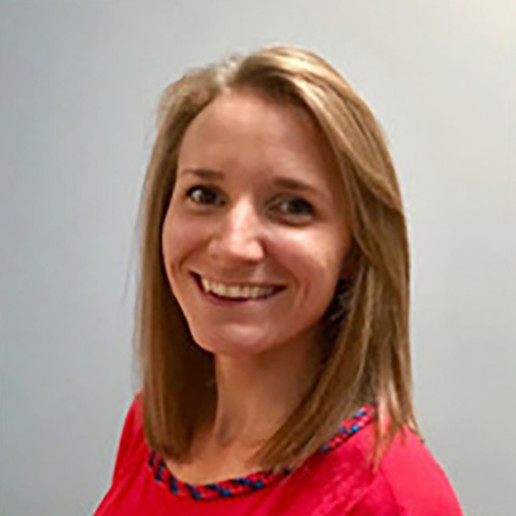
Written by Gemma Hargraves
Gemma Hargraves is a Deputy Headteacher responsible for Safeguarding, Inclusion and Wellbeing.
Reflecting on several sessions from the recent Diverse Educators virtual conference it struck me that so much of our EDI work is also vital safeguarding work. As a Deputy DSL I spend my days balancing pastoral care, safeguarding, History teaching and various other responsibilities. Until now I actually hadn’t realised how my EDI work is complementary to my safeguarding work.
All readers will have heard that “you can’t be what you can’t see” and this need for recognition and role models extends to safeguarding too. Pupils need to know they are in an environment where they are valued and celebrated in order to feel truly safe. It strikes me that a pupil may not disclose various issues if they feel they would not be heard, understood or believed. Beit a neurodiverse pupil struggling with issues around consent, an LBGTQ+ young person experiencing unkindness, a disabled child faced with ableism daily or a person of colour dealing with regular microaggressions. Of course having a diverse staff body, including in senior positions, may help ensure all pupils feel safe and a sense of belonging but active allies have a vital role to play here. Pupils in the first presentation said “ignorance breeds intolerance” and I would build on that to say in safeguarding terms ignorance is dangerous. We all need to be professionally curious whilst being respectful. @AspringHeads gave some examples of shocking things Black teachers have been asked, including endless comments about hair, skin colour or names, and comments of this nature to Black pupils would absolutely be considered a safeguarding concern.
A key part of safeguarding is also accurate and timely recording of incidents; this is key to tracking trends and understanding context to actively promote inclusion. If we are to ensure all pupils are safe and can thrive, we need to have a clear picture of incidents or challenges faced. We have a duty to ensure that pupils are not negatively labelled or stereotyped based on any characteristic and teachers have high expectations of all pupils. Safeguarding is also about preventing harm to children’s development and taking action to enable all children and young people to have the best outcomes – here EDI is clearly vital and we can see tangible returns on investment in diversifying the curriculum. Of course, we reinforce this by the displays around school, the books studied, the trips that are offered etc but the culture individual teachers nurture in their classrooms is key to both EDI and safeguarding.
As was made clear at Diverse Educators recently, good intentions are not enough. We must act. EDI requires resourcing, time and energy. It must not be an afterthought in another year of TAGs marking and administration, staffing issues and COVID challenges ad infinitum. Safeguarding is everyone’s responsibility and so is EDI. We need to recognise and respect cultures, traditions and changes but with clear red lines in terms of safeguarding to ensure everyone can bring their whole self to school and be safe. Sometimes we hear “I don’t see colour” but surely we must see it, value it, celebrate it and protect all children regardless.

